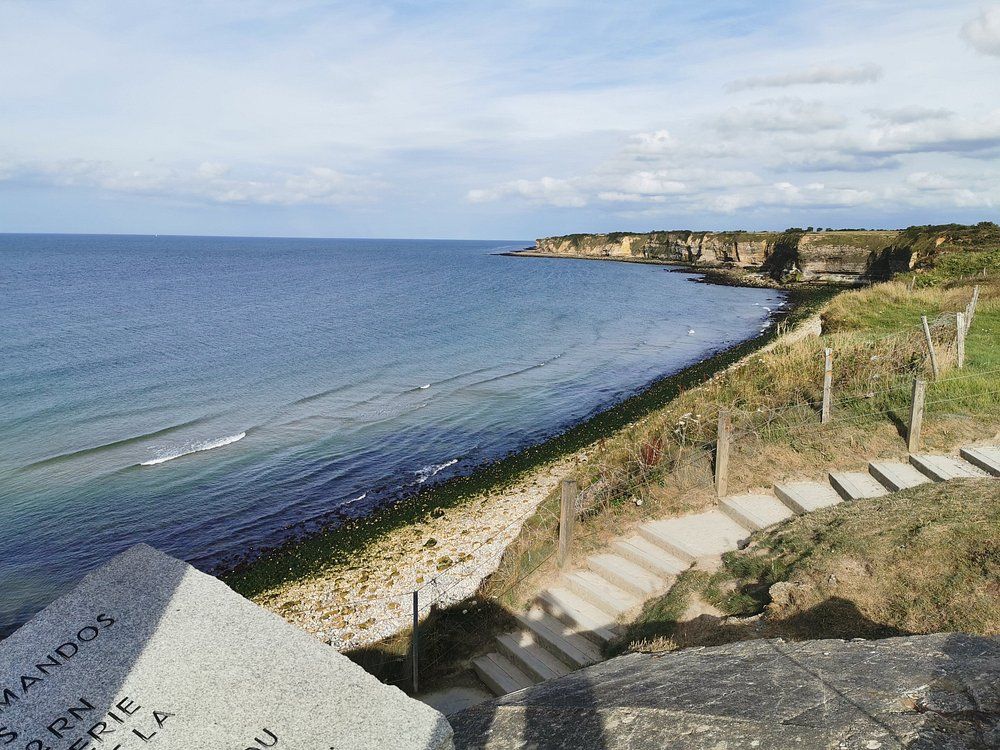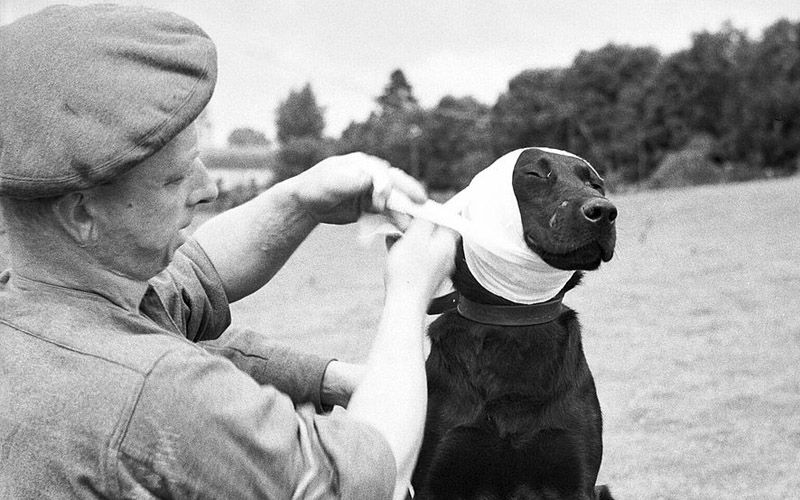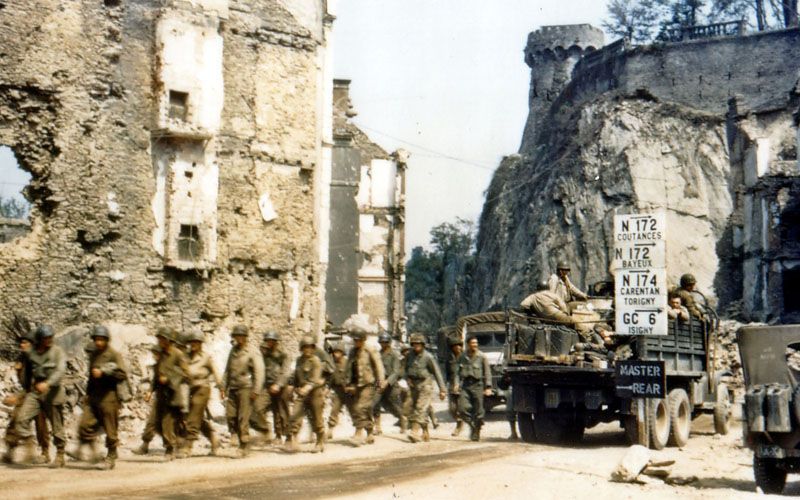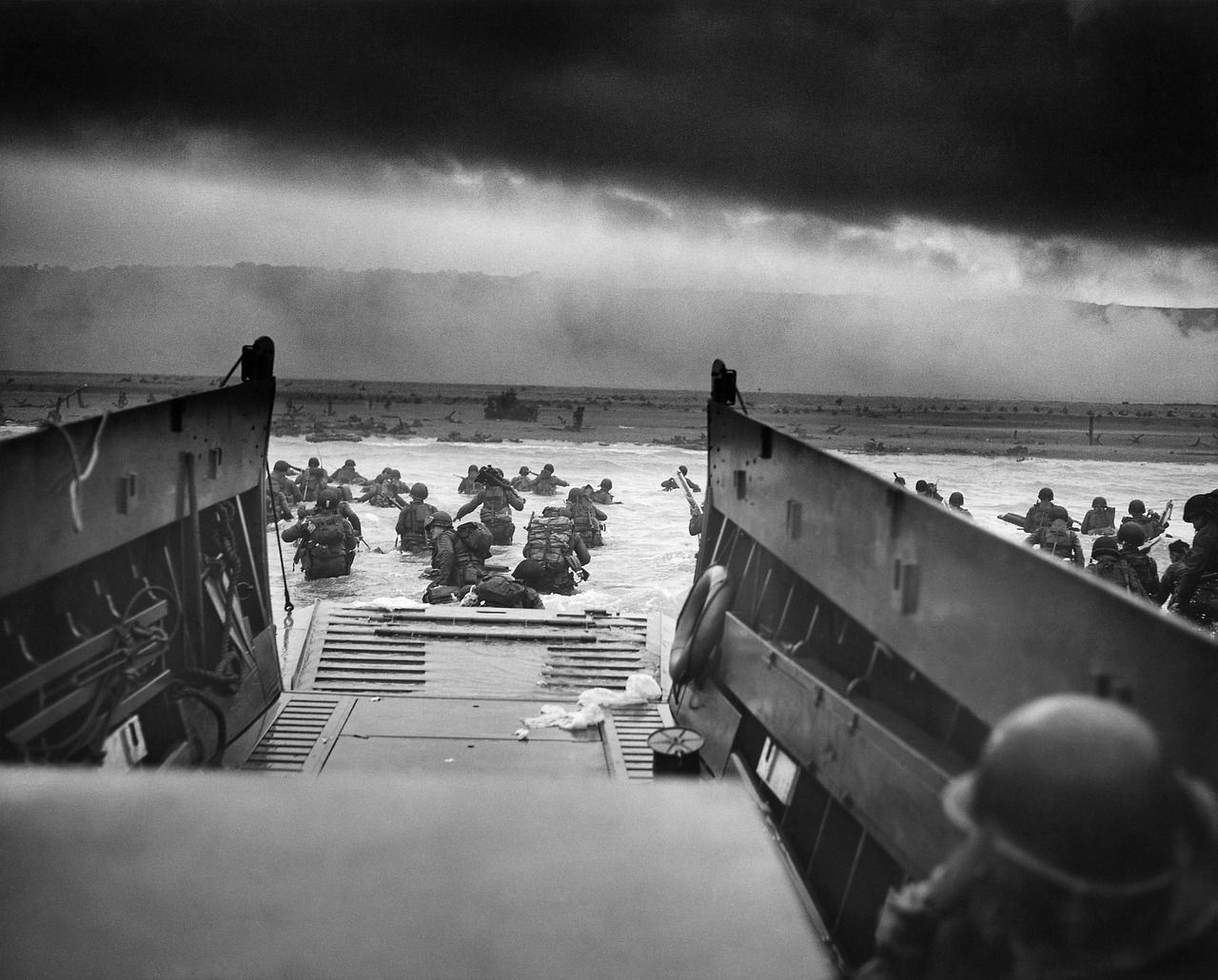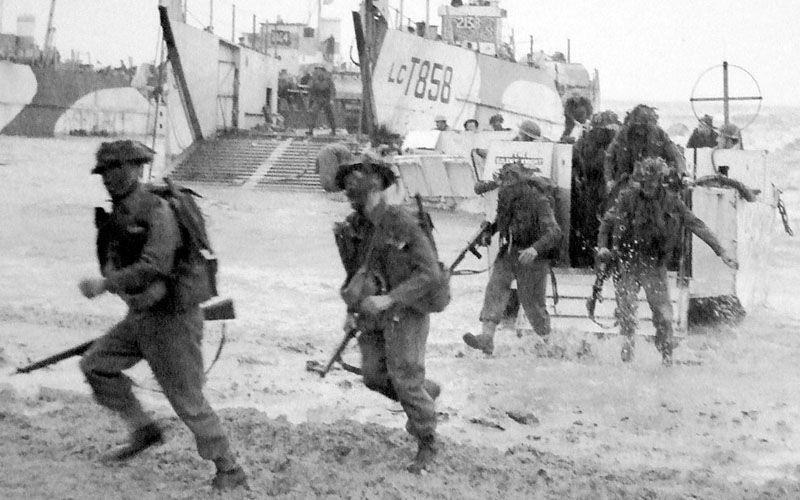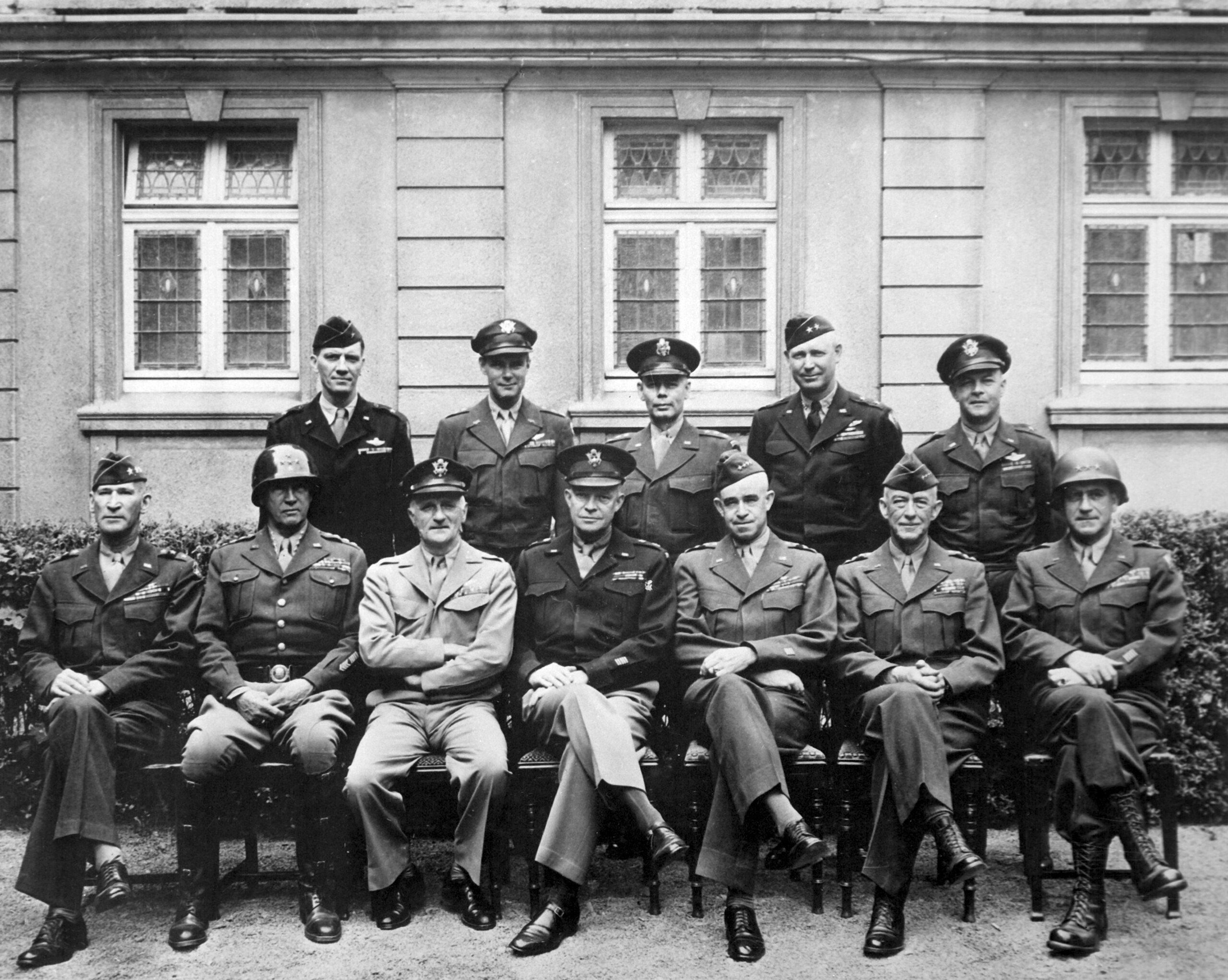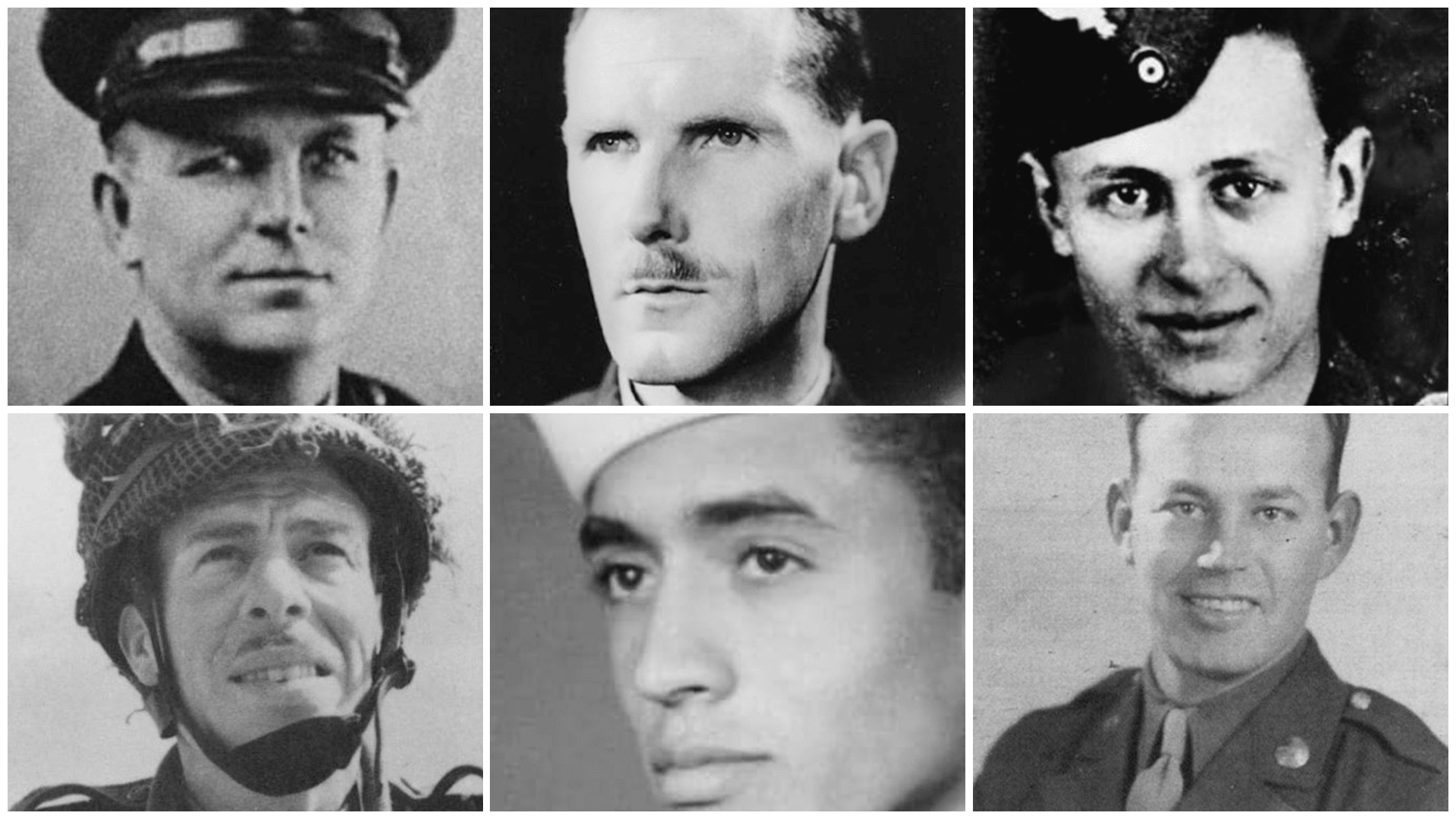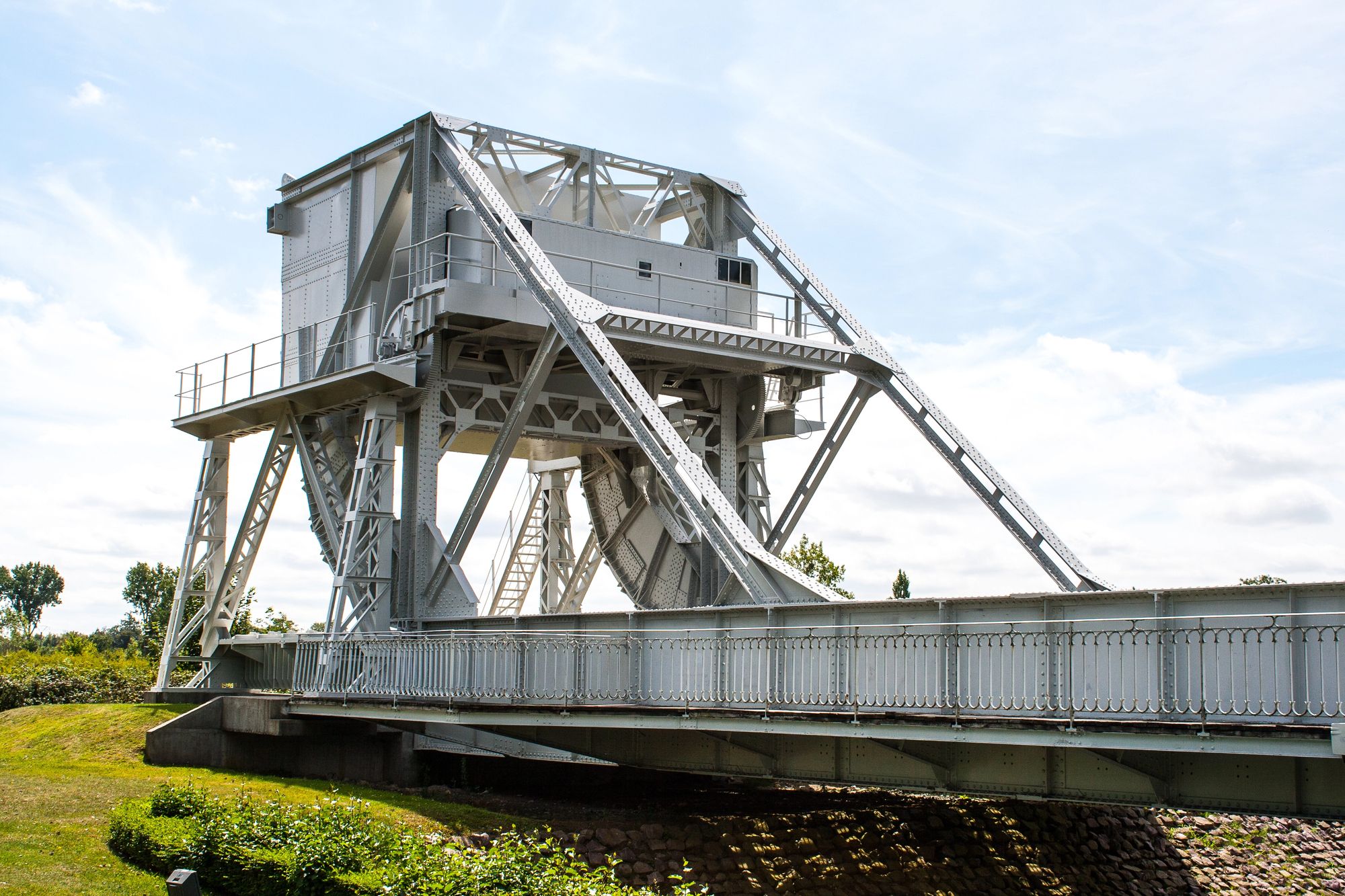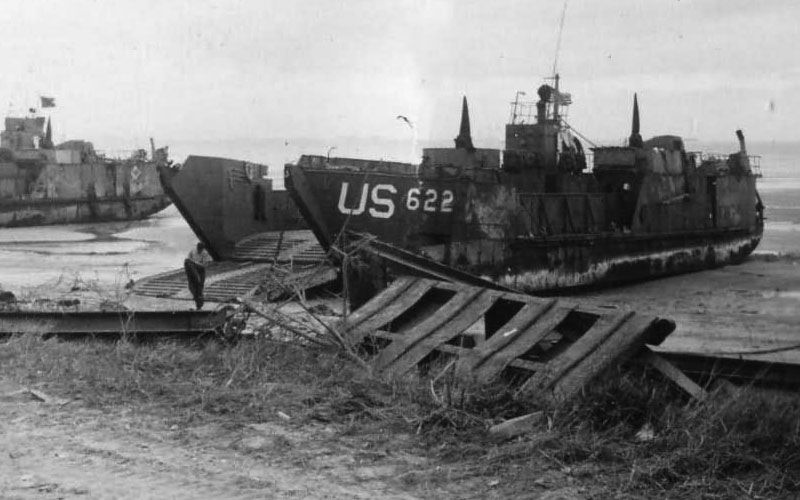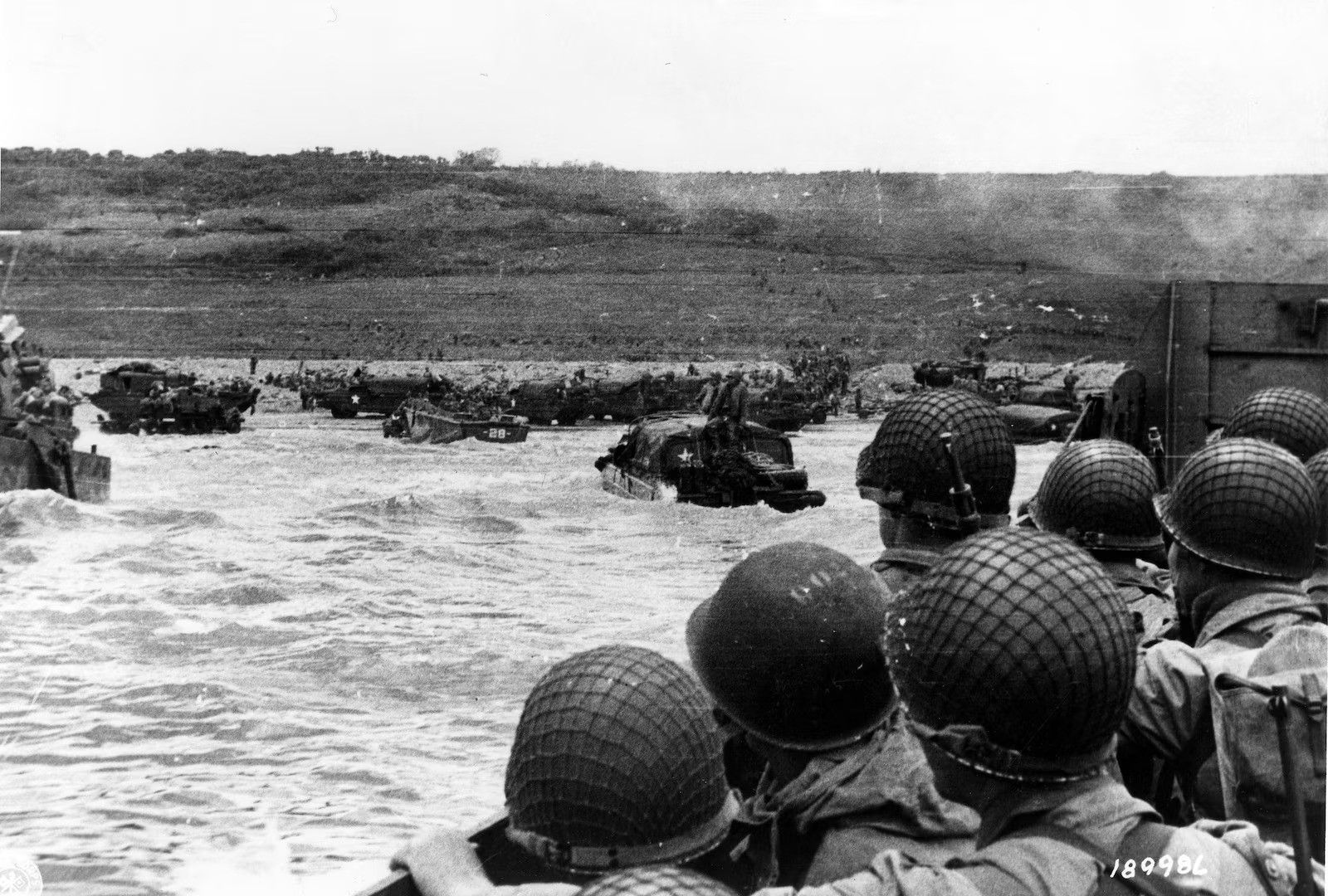Perched dramatically on Normandy’s northwestern coast, Pointe du Hoc still stands as a silent witness to one of World War II’s boldest missions. This 110-foot cliff, jutting out over the English Channel, played a pivotal role during the D-Day landings on June 6, 1944, when American Rangers somehow managed to scale its sheer face. Its location between Utah and Omaha beaches gave it huge strategic weight—Allied forces needed those intimidating German artillery positions gone, or they risked disaster for the troops storming the beaches below.
These days, Pointe du Hoc’s landscape still wears its scars: bomb craters, battered bunkers, and the battered remains of a fierce battle. The Pointe du Hoc Ranger Monument now stands here, just eight miles from the Normandy American Cemetery. Wandering these grounds, you can’t help but feel the weight of history and the bravery that unfolded here—it’s a spot that really puts the enormity of the liberation effort into perspective.
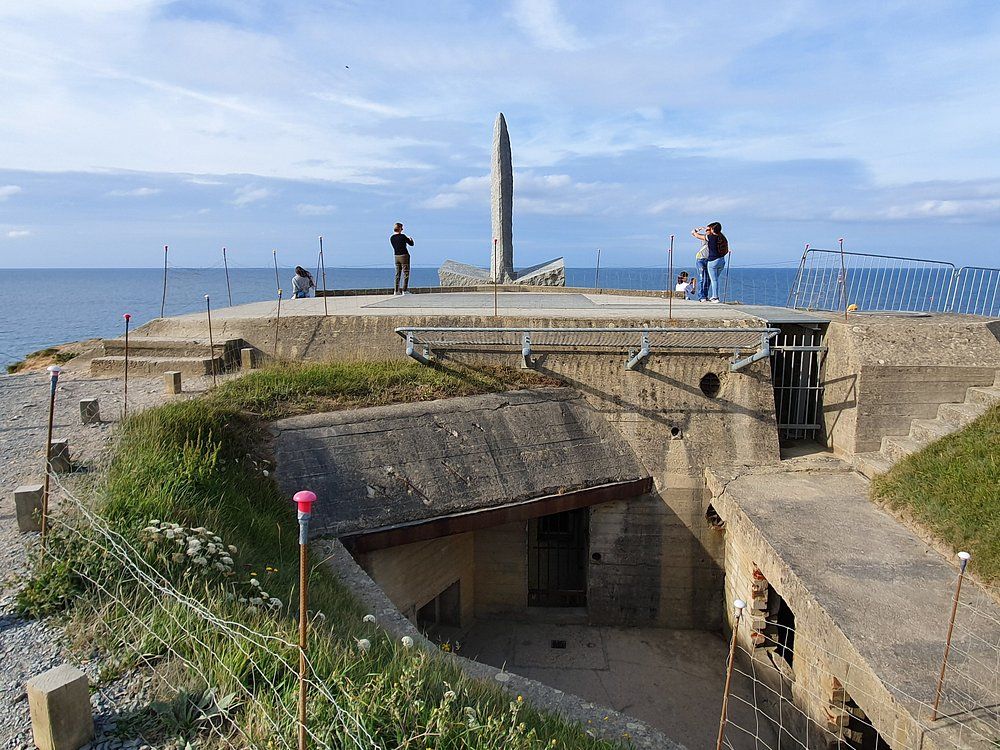
Pointe du Hoc
This windswept clifftop in Normandy, France, is more than just a pretty view—it’s where D-Day history leaps off the page. As you walk the peninsula, you’ll sense the past underfoot. The 100-foot chalk cliffs, once thought unclimbable, were conquered by US Army Rangers in a breathtaking act of courage.
Wander around and you’ll see preserved German bunkers and massive bomb craters—some ten feet deep—offering a stark visual of the Allied bombardment that preceded the invasion. Step inside the bunkers for a sobering look at what Allied troops faced.
Don’t rush. Follow the cliff-edge paths for sweeping views of the English Channel, and pause at the Rangers Memorial, a quiet tribute to those who fought here. Pointe du Hoc has barely changed since 1944, so the authentic battlefield atmosphere is almost eerie—there aren’t many places like it.

The visitor center is worth a stop, too. You’ll find displays and photos that help piece together the events of that day. Give yourself a couple of hours to really take it in—it’s not something you’ll want to rush. The courage and sacrifice on display here shaped history in ways that are hard to overstate.
Rating: 4.6 (2756 reviews)
Location: France
Historic Significance of Pointe du Hoc
Pointe du Hoc is one of World War II’s most dramatic battlefields. This rocky promontory saw incredible courage and military strategy that helped tilt the war’s outcome.
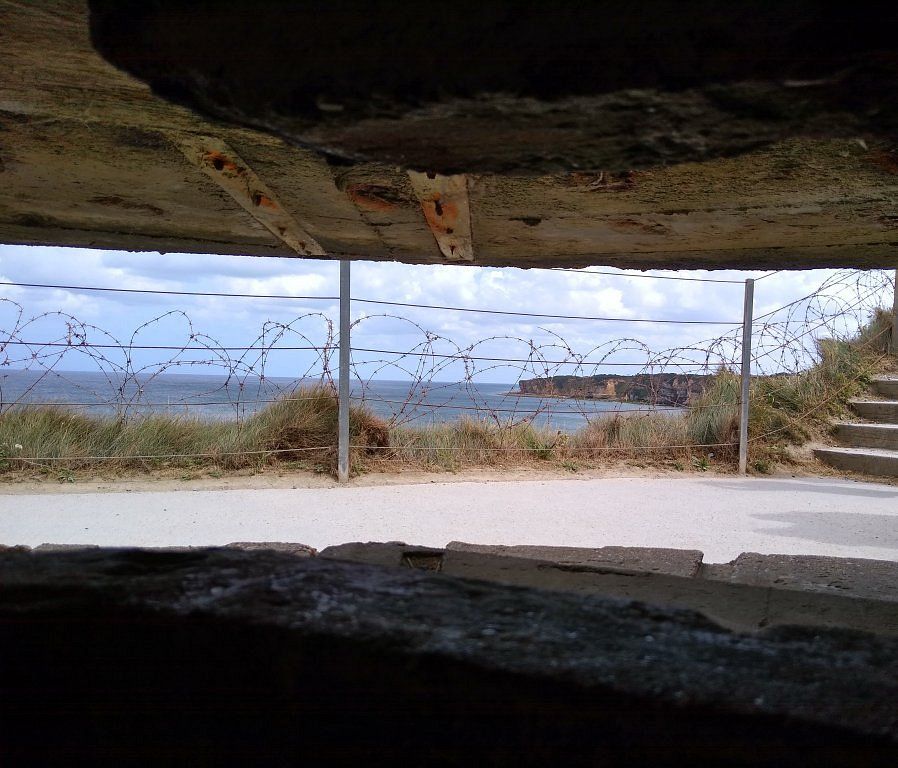
D-Day and Its Impact
On June 6, 1944, the cliff became the focus of one of D-Day’s most audacious missions. German forces had set up heavy artillery at the top, threatening Allied landings at Omaha and Utah beaches.
To take out this threat, the U.S. Army sent 225 Rangers from the Second Ranger Battalion, led by Lieutenant Colonel James E. Rudder. Armed with rope ladders and grappling hooks, these guys scaled the 100-foot cliffs under enemy fire. That’s the stuff of legend, isn’t it?
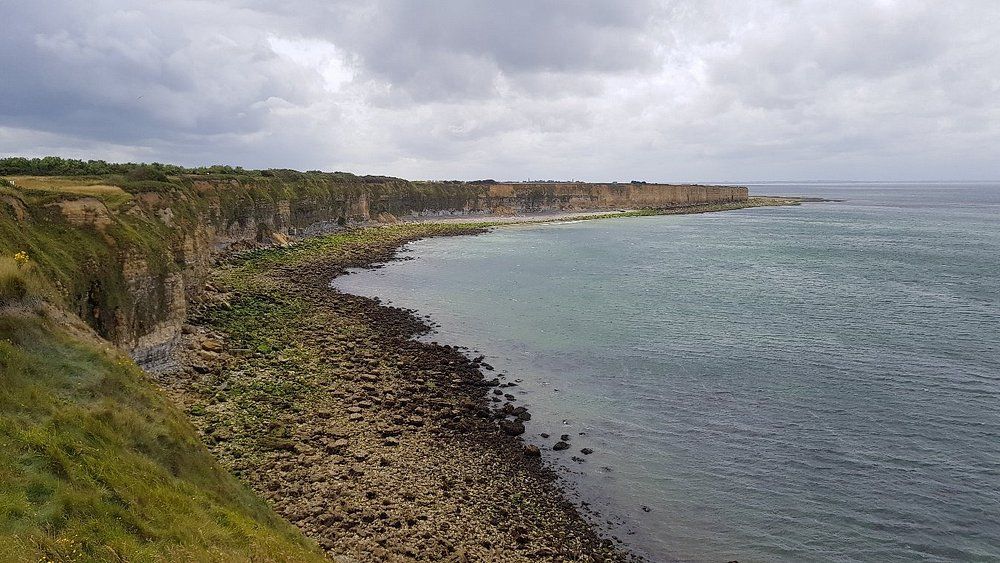
What’s wild is that, after all that, the Rangers found the main guns had been moved. They pushed further inland, found the artillery, and destroyed it—despite being battered and outnumbered. About 60% of their force became casualties. The determination and grit on display here still boggle the mind.
Stories of the Rangers
Walking Pointe du Hoc today, you’re literally following in the footsteps of men whose bravery still echoes. Their stories? They’re the kind that stick with you.
Take Sergeant Leonard Lomell, for example. He found the hidden German guns over a kilometer inland and took them out with thermite grenades, probably saving hundreds of lives on the beaches below.
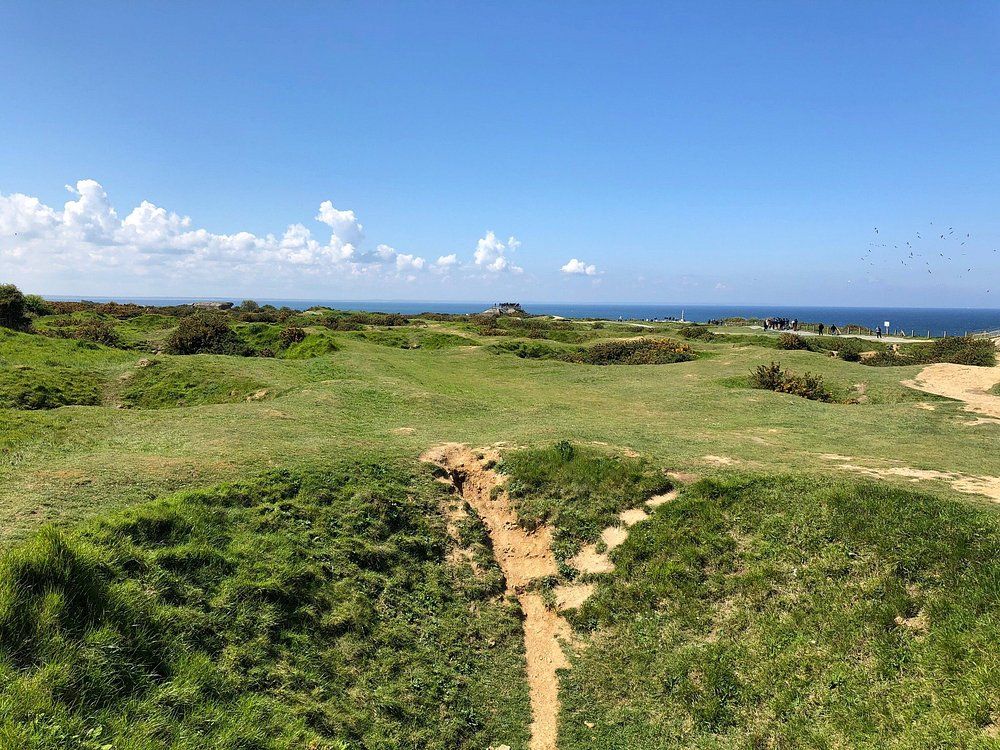
The Rangers held their ground, even as supplies ran low and German counterattacks kept coming. The monument the French erected here honors these men. President Reagan’s 1984 speech at this spot summed it up: these Rangers “seized the high ground and held it.” The pockmarked landscape and battered bunkers still tell their story—no embellishment needed.
Exploring the Site Today
Visiting Pointe du Hoc now, you walk the same ground where Rangers fought for every inch. The site keeps its raw, battered look, while educational displays help you piece together what happened.
Visitor Experience
First up is the modern visitor center, with exhibits about the Rangers’ mission. It’s free to enter, and open all year, though the hours shift with the seasons.
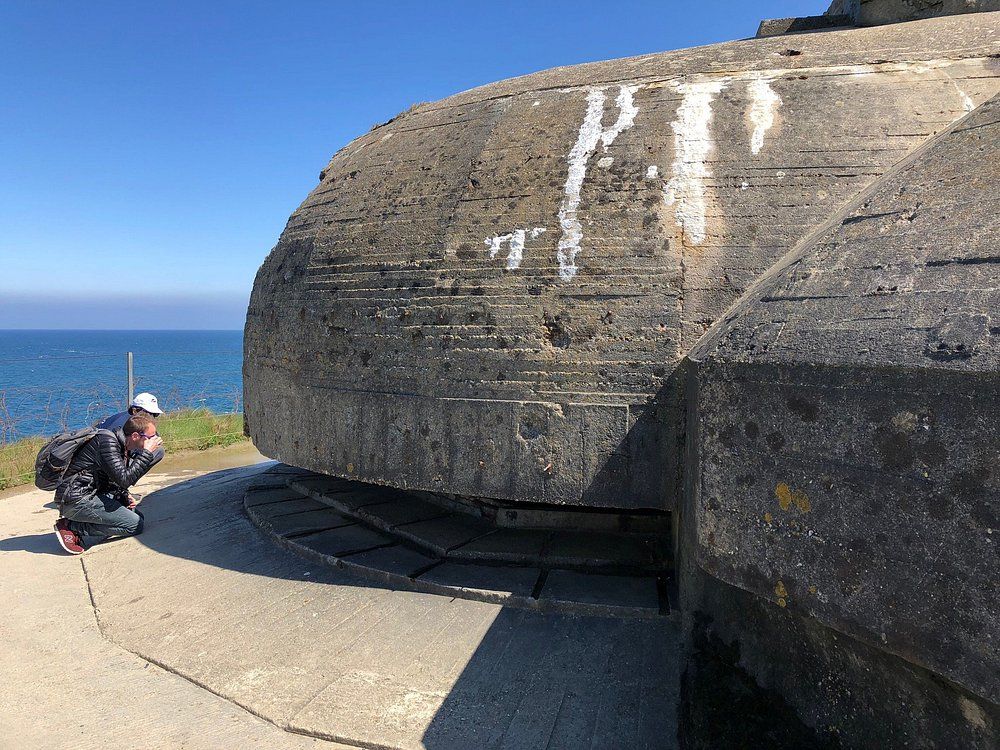
Follow the marked paths through the battlefield. Info panels at key spots explain what went down. The terrain is cratered and uneven—wear good shoes. Standing at the cliff edge, staring at the Channel, it’s hard not to be moved by what those Rangers achieved. If you catch the sunset, even better.
Plan for at least an hour, maybe two, to do it justice.
Preserved Bunkers and Memorials
The German bunkers and gun emplacements are still here. Their thick, battered walls are a tangible reminder of the battle’s violence. You can step inside and imagine what it must’ve been like—claustrophobic and tense, I’d bet.
The main observation bunker gives you a commanding view of the coastline. No wonder the Germans wanted to hold this spot. You’ll find interconnected trenches linking defensive positions, making it easy to picture the chaos of battle.
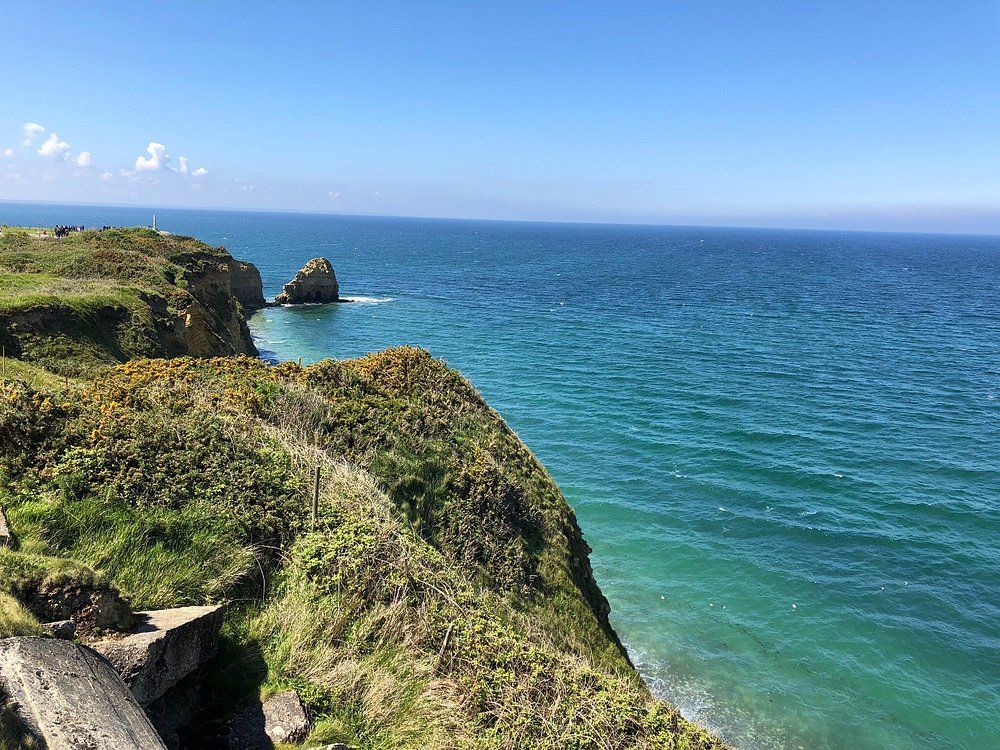
At the highest point, a simple granite monument honors the 2nd Ranger Battalion. The insignia of both American and French forces are carved into it—subtle, but powerful.
Nearby, plaques tell the story of the battle and name the men who fought. Take a minute to read the personal stories of the Rangers. They bring a human face to the battered landscape, reminding you that history here isn’t just about dates and numbers—it’s about real people, facing impossible odds.

